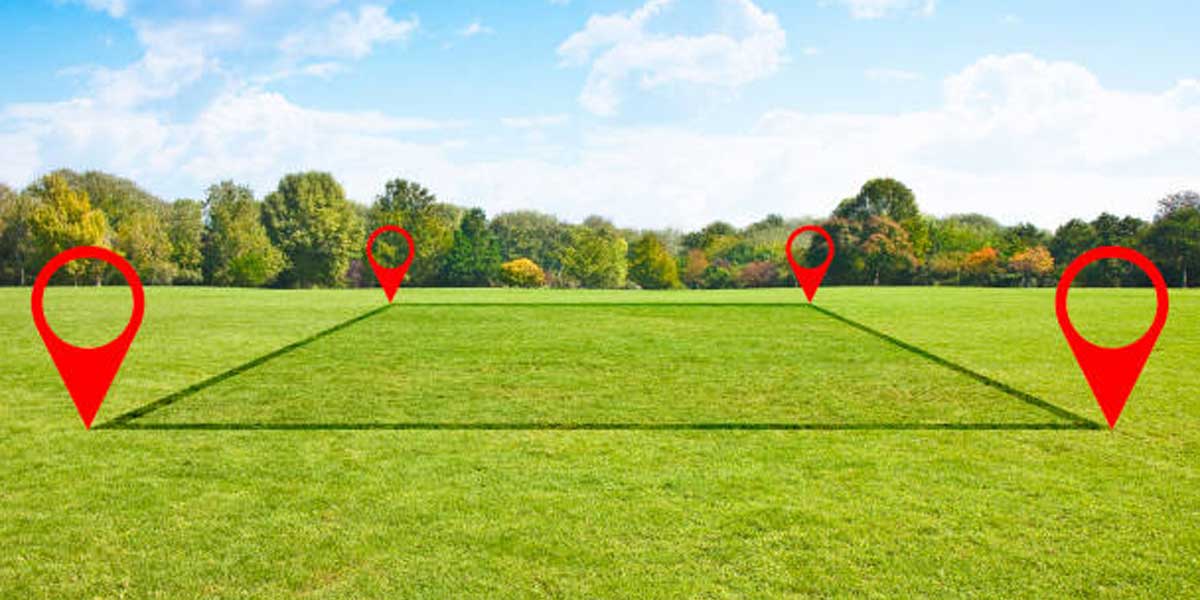
Demand for plots in major cities in India is soaring. India's second home market is poised to witness high traction, with buyers tending to invest in a gated community with amenities such as a swimming pool, gym and health center. The first wave of pandemic caused buyers to consider Tier 2 markets to buy as big city workers moved home during the WFH period, but during the second wave people realized that staying in metro cities or larger cities is a better deal. decision was where hospital facilities existed. Cities like Bangalore and Pune, with majority migrant populations, started the buying cycle again in the working city.
Demand is largely driven by the wider acceptance of work from all over culture. In addition, technological advancements have enabled the sale of properties around the world and improved the ability of such properties to generate income. The biggest drivers of this lot sale are millennials in the 22-35 age group. In cities like In Pune, where there is a large number of techies, with 70% North Indian migrants, plot corridors are spread over many markets. The Hinjewadi corridor scores for its proximity to the Mumbai-Pune Expressway and sees investment from the IT staff. Similarly, Hyderabad, another major IT hub in South India, has seen a surge in demand for plots. The motivations are the same, but the risks are greater. RERA is on the rise in the city, many sales of unregistered plotted projects are taking place in micromarkets.
In such situations, one has to be very careful whether it is yielding land or converted land. As Indian real estate becomes more and more digitized, it is easier to check the legality of the plots. Many unbranded developers have made plans in cities and the workers of the IT sector could fall prey to them. Ultimately, whether for end use or investment, lot purchases require due diligence.
 293
293
 349
349
 2880
2880
 6000
6000
 234
234
 599
599
 1139
1139
 1999
1999
 555
555
 1499
1499
 599
599
 799
799
 372
372
 1199
1199
 270
270
 899
899
 279
279
 899
899
 500
500
 999
999
 1002
1002
 1699
1699
 168
168
 399
399